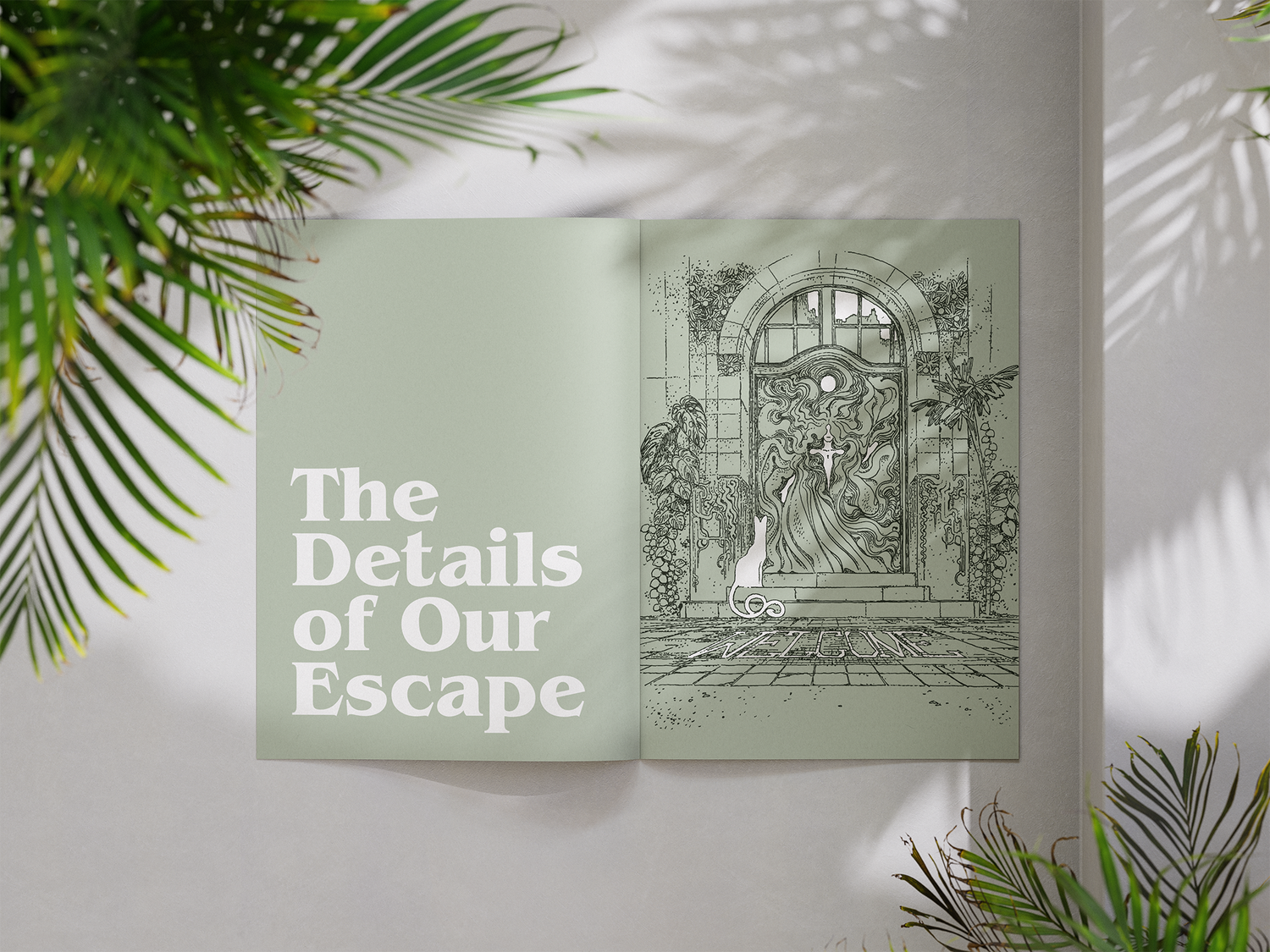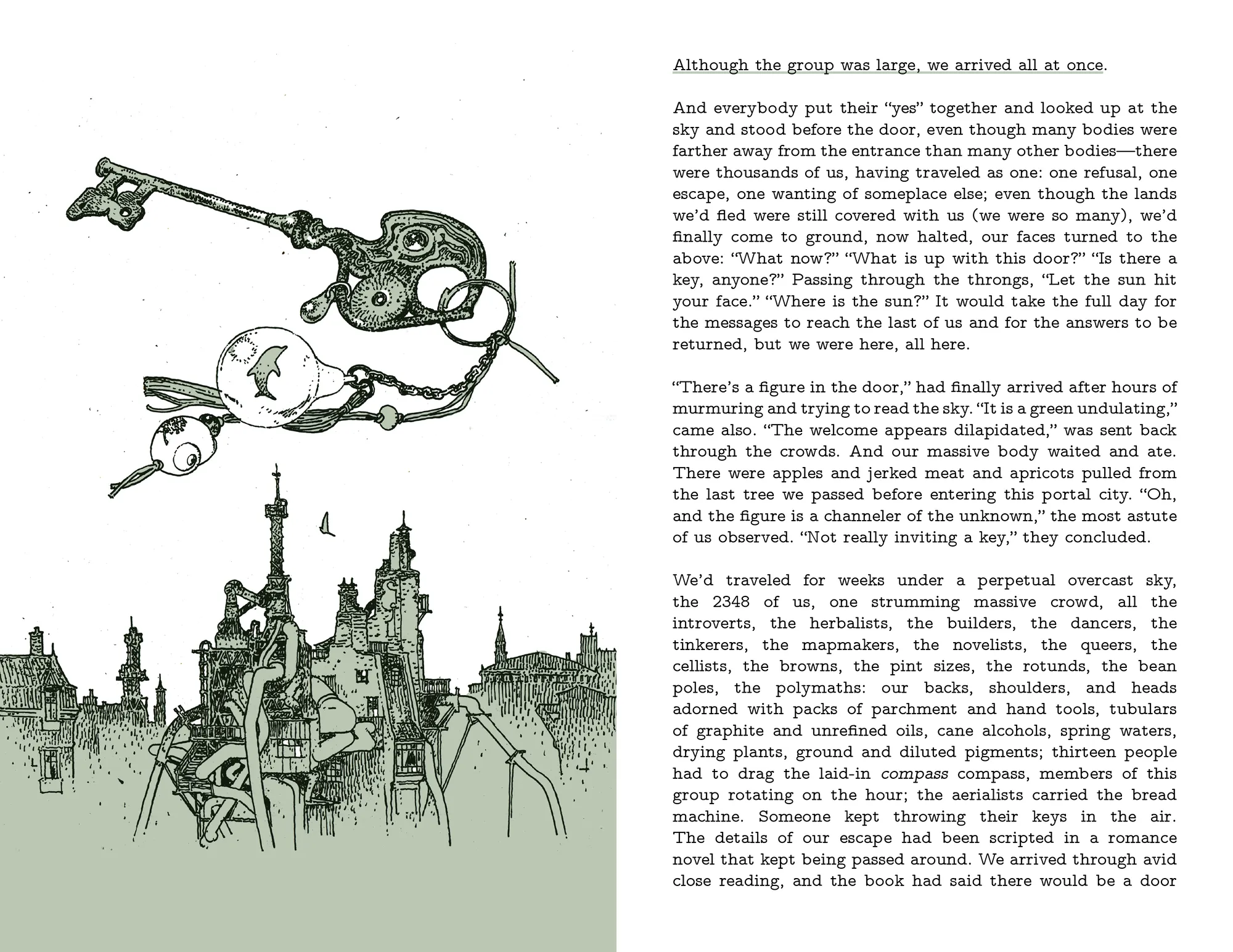Remember when you’d walk into a local music, book, or video store and there’d be an adorable section where the employees would recommend what they were interested in that month?
Welcome to our little version of it, called Remap Recommends.
At the end of every month, we have an edition of Remap Recommends focused on video games. But in the middle of the month, we'll have an edition focused on...everything else. It's a chance for the staff at Remap to let you know what they've been reading, listening to, or watching.
Patrick Recommends...Terrifier 3

I'm Sorry For The Upsetting Image Above: Truly
Should You Watch Terrifier 1? No. Hard no.
Should You Watch Terrifier 2? Probably. Well. Maybe. Give me a second.
Who Are These Movies For? Great question.
Even Patrick has his limits when it comes to horror movies. I have, for example, never seen A Serbian Film. Once I heard about a particular sequence, I was fine never experiencing that. And for a long time, that's where I was with the Terrifier movies, too. The second and third movies start carving out a legitimate mythology, sure, but the reason these movies exist, the reason they generate so much pop out of people watching them, is because they're so wildly and over-the-top gory. You might think "hey, man, I've seen a lot of violent movies," but the difference here is that Terrifier knows you've seen those movies and wants to go one step further, because it's a movie in conversation with itself as much as it's in conversation with fans of horror movies. It exists to climb a ladder whose rungs are cinema's history.
Do you want a litmus test for yourself? See how you respond to this scene.
If you've seen the Terrifier movies, here's a hint on that link: the bedroom scene.
Last holiday season, with some evening to myself, I finally watched the first two Terrifier movies, and came out the other side simultaneously confused and intrigued. I showed my wife the scene above and she immediately laughed and said "no, thank you," despite our relationship having been originally built on a foundation of watching scary movies. She saw nothing compelling in that clip.
Outside of completionism, I see no reason to watch the original movie. It's really long, mostly boring, and it's best bit is simply establishing the great Art the Clown. It's not until the sequel that Terrifier, as a series, begins truly understanding the path it's carving for itself, rooted in a history of cinematic violence, questioning why horror fans find themselves so attracted to stories of violence, and in a world of visual effects and the march of AI, a profound appreciation for hand crafted art.
It's a good series—but hard to recommend. I'm on board. You might not be.
Rob Recommends... Senna

Streaming on: Netflix
I've been watching Netflix's Senna bio-series for Shift+F1's movie podcast, and have been relieved so far that it's actually pretty good. Made with the cooperation (and maybe soft supervision) of his family, Senna is certainly not interested in complicating or subverting the mythology that has surrounded the F1 legend since his death at the Imola circuit in 1994. But neither is its hero-worship as cloying as it could be, and it does a great job of evoking bygone eras of open-wheel racing. At a key moment in lower-tier championship fight that will determine whether he advances into Formula 1, he throws his car's engine into the back of his hatchback and drives all night to a garage in Italy where it was made, begging the master mechanic to tune it so he can remain competitive.
It's a romantic sequence, but it's one of many that can't help but create a mental juxtaposition between the world of racing of the 70s and 80s—grease-spattered and heavily mechanical—and the modern era that he and his rival Alain Prost helped usher in, one that was increasingly about aerodynamic simulations and advanced electronics and data. Senna does an incredible job of recreating the look of F1 in the 80s, lavishing particular attention of casting and making-up actors to look uncannily like their historical counterparts, but I don't think this is just about superficial authenticity. It draws your attention to how many great and strange characters surrounded the sport, and how many race teams still felt a bit like privateer ships captained by men who were in F1 because they couldn't bear to be anywhere else. F1, like all sports, still has its great characters. But also like all sports, the sharp edges have been sanded down and a liberal coat of corporate sensibilities has been applied.
Senna is too uncomplicated to be a true classic of this genre. It lacks the prickly, hard-nosed sensibilities of Rush, which is probably its nearest inspiration. Ferrari is willing to let its hero be repulsive and magnetic in equal measure. Senna is content to be a strong production of a deeply conventional "great man" sports story. It's a pretty good example of the form, but you can't help but wish the series was a little more willing to examine the complexity of his greatness rather than reassure us about his goodness.
Cado Recommends... The Details of Our Escape

I’m a long time fan of tabletop role-playing games, despite having very little time to actually get a group together to play these days. Even so, I still enjoy reading games and turning over their rule sets in my mind, imagining possible worlds that I might someday eventually create and explore with friends. I’m sure I’m not alone in this, and plenty of people reading this might have a similar connection to the hobby. But even if you don’t play or read TTRPGs regularly, I still think you should check out my recommendation for this month: The Details of Our Escape.
Possible World Games is one of my favorite indie tabletop RPG companies of late. It's helmed by Tyler Crumrine, who both designs his own games, while also publishing and collaborating with other indie designers. For their most recent release, Tyler collaborated with artist Linnea Sterte and writer/artist Renee Gladman to create a book that goes beyond being just a rulebook for a very interesting game. Throughout 2022, Sterte and Gladman exchanged works inspired by each other, which then became the basis for the game that Crumrine designed, The Details of Our Escape. All three of these elements are collected in this jam packed zine-style book that made my usual casual reading of a game manual so much more rewarding beyond imagining myself playing the game someday.

Throughout their collaboration, Gladman and Sterte tell a story of a caravan of 2,000 people fleeing an old home looking for a place that might be their next. The narrative and illustrations tease out the ways that a people who might be connected by shared history can still be fractured and collide with each other, as different factions and groups decide to peel off from the caravan, or try to influence the pack in different ways. There’s hints of shared history, a prophecy, and some shadowy threat that all serve to give flavor to the main theme of the work: how people in a society might form community within the group and without.
Tyler’s game similarly explores this theme by placing the players in charge of one of the groups in the caravan, whose composition you control but whose size is determined by the numbers on a domino you draw from a collective pile. As you play the game, you make a communal path of dominoes that represent the path the caravan has taken, and the different offshoots and diversions individual groups might take. (If you don't own a set of dominoes, don't worry; the game comes with an illustrated set of dominoes you can cut out to play the game with!)
Overall, the book is a delight to read. Even if you’re not into reading TTRPGs for fun, the included pieces of fiction and illustrations are spectacular and really make it something that any fan of good speculative fiction writing will enjoy.
BONUS: I also think y’all should check out Conner Fawcett’s (aka, the person behind all of Remap's branding!) new Kickstarter for an illustrated deck of cards full of funny little guys, ghouls, and beasties, with an accompanying compendium with writing from friend of the site Jack de Quidt!
